Physics Physical Resources
| Item Name | Item Image | Description |
|---|---|---|
| 1st and 2nd Year laboratory | 
|
The building is located next to the millenium hall. |
| LIBS2500 | 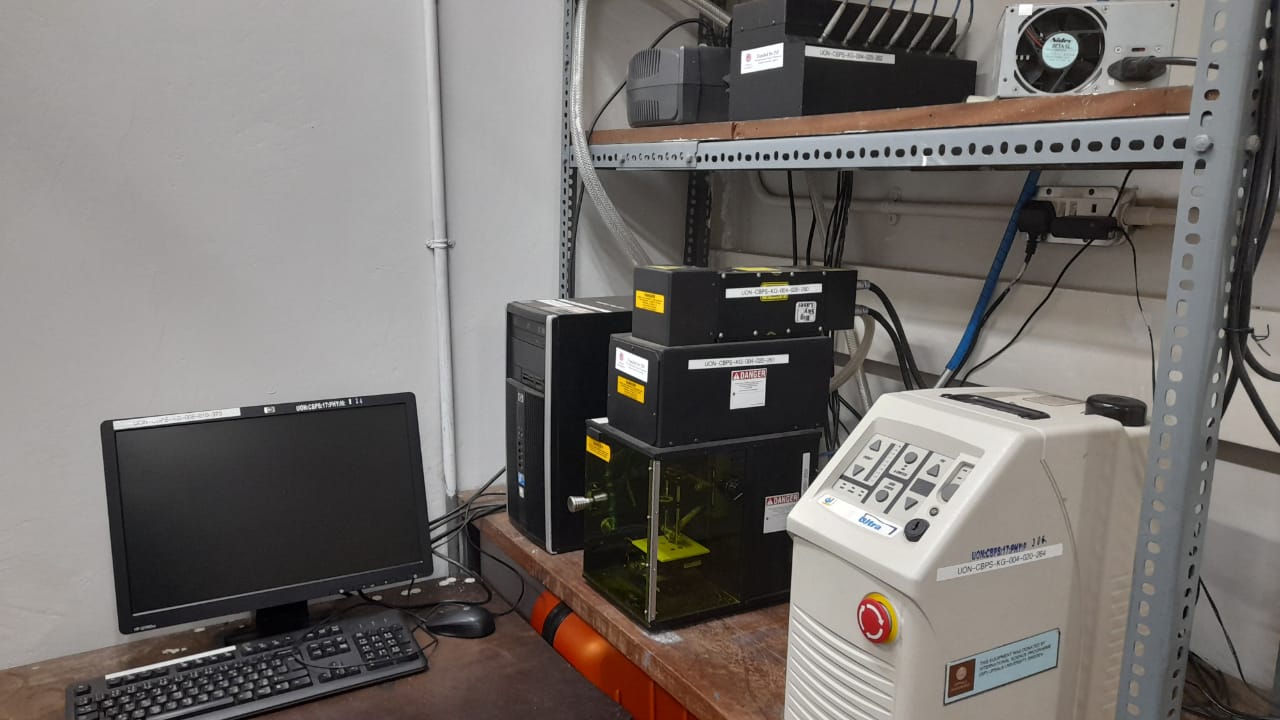
|
Source: Ocean Optics, Inc. Ocean Optic’s Laser-induced Breakdown Spectrometer Measurement Systems are detection systems that permit real-time qualitative measurements of elements in solids, solutions and gases. These broadband, high-resolution systems provide spectral analysis across a wide 200-980 nm range (depending on the system) at a resolution of ~0.1 nm (FWHM). The LIBS2500plus is a much-improved system from our previous LIBS offerings. Advantages of the new system include a smaller footprint, Increased system sensitivity due to the elimination of internal fiber and more functionality for use with external triggering options, such as delay generators.
|
| Raman microscope | 
|
The Raman microscope is a laser-based microscopic device used to perform Raman spectroscopy.The term MOLE (molecular optics laser examiner) is used to refer to the Raman-based microprobe. The technique used is named after C. V. Raman who discovered the scattering properties in liquids. |
| Ultimaker 3 3D printer | 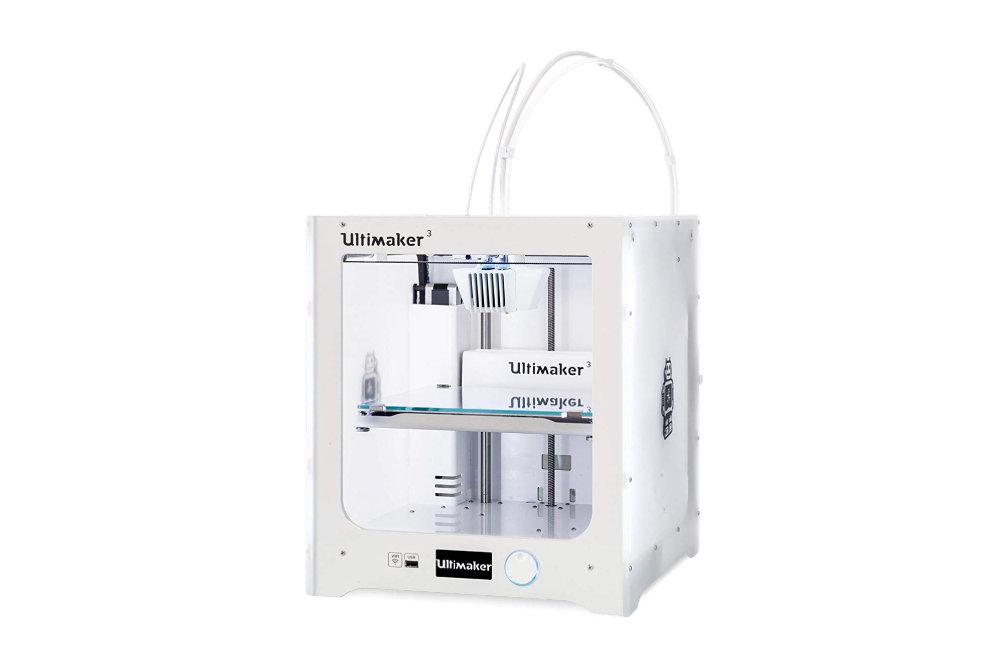
|
The Ultimaker 3 is an innovative dual extrusion machine with a large build area. This industrial grade 3D printer is the first dual extrusion addition to the Ultimaker family of printers which includes the Ultimaker 2 + and Ultimaker 2 Extended + as well as the Ultimaker 3 Extended. The Ultimaker 3 allows you to create high resolution and production quality dual extrusion parts. The innovative nozzle lifting system, swappable print cores, and automatic bed leveling make this an exceptionally advanced dual extrusion printer ready for professional 3D printing.
|
| Ultimaker 2 3D printer | 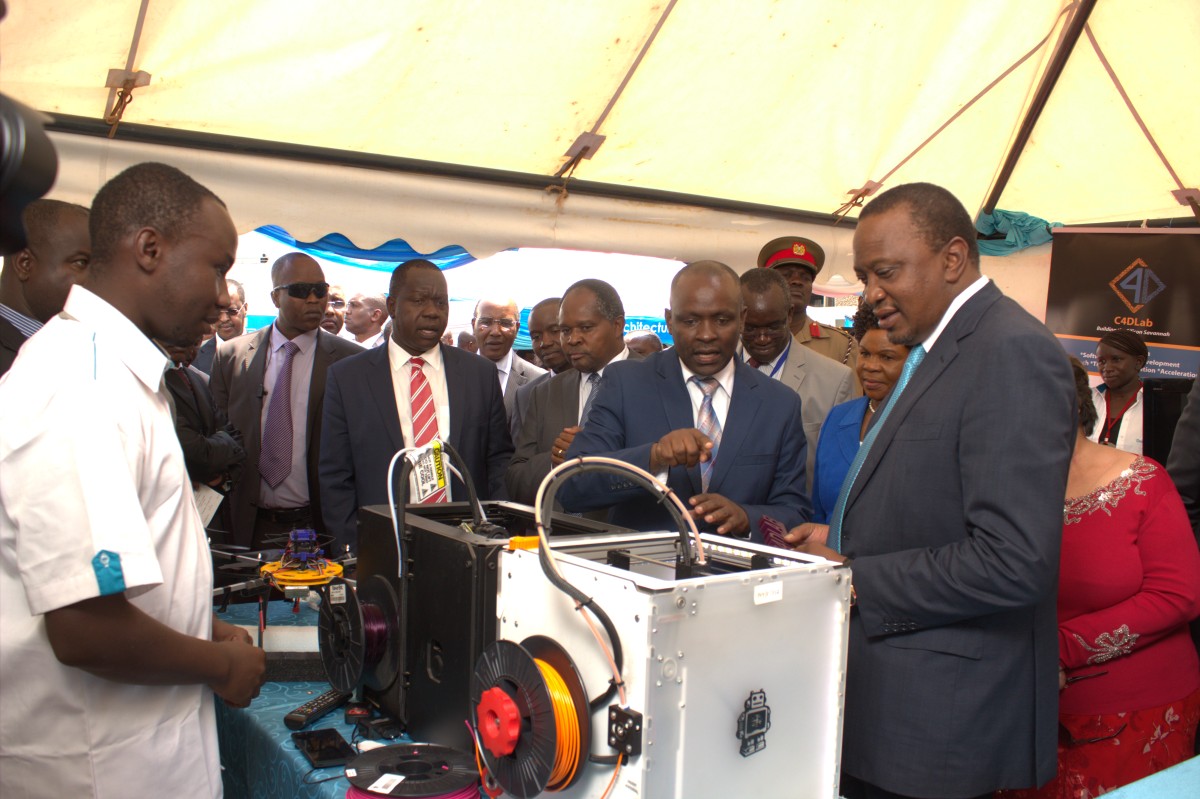
|
His Excellency the president of the republic of Kenya Uhuru Kenyatta being taken through a 3D printing technology by Arnold Bett during Nairobi University, 2015 Nairobi Innovation week. |
| Cartesian geometry energy dispersive X-ray fluorescence spectrometer | 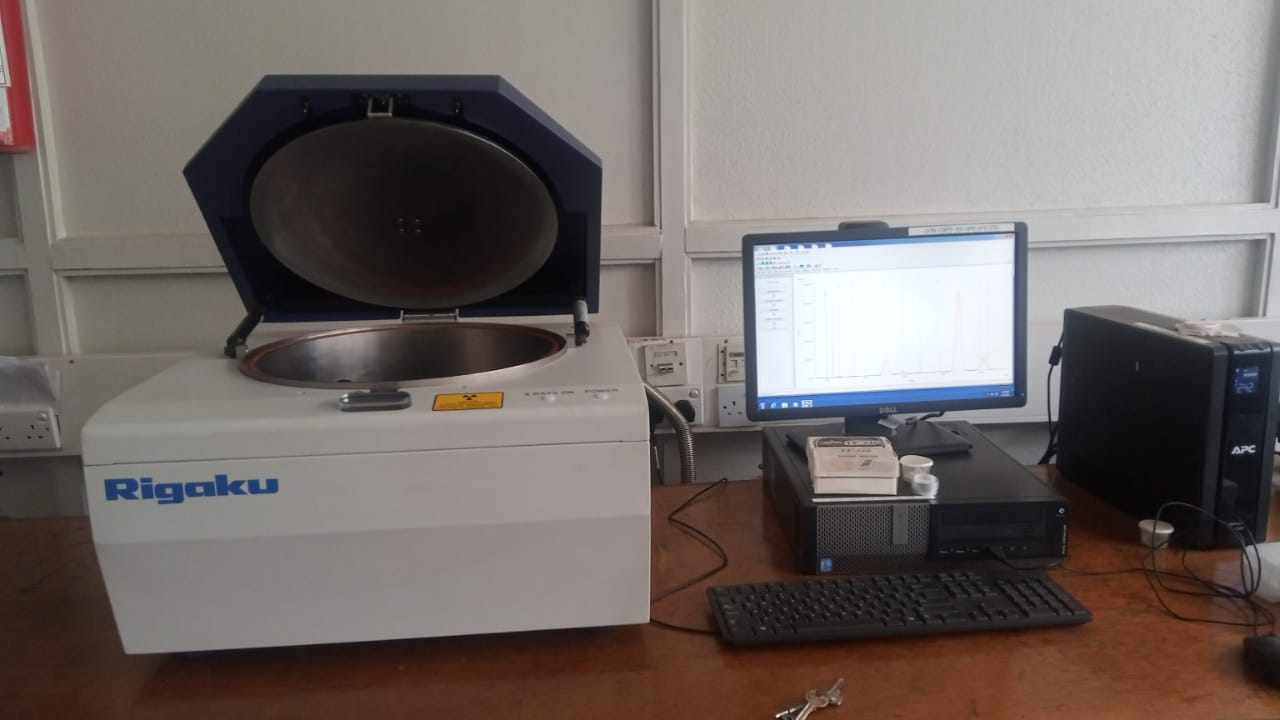
|
Rigaku NEX CG delivers rapid qualitative and quantitative determination of major and minor atomic elements in a wide variety of sample types — with minimal standards. Unlike conventional EDXRF analyzers, the NEX CG was engineered with a unique close-coupled Cartesian Geometry (CG) optical kernel that dramatically increases signal-to-noise. Monochromatic or polarized excitation from secondary targets, instead of conventional “noisy” white radiation (Bremsstrahlung) direct excitation, vastly improves detection limits for elements in highly scattering matrices like water, hydrocarbons, and biological materials. The resulting dramatic reduction in background noise, and simultaneous increase in element peaks, affords a spectrometer capable of routine trace element analysis even in difficult sample types. Up to five secondary targets cover the complete elemental range (Na – U) with optimized ... Features
|
| 3D printer | 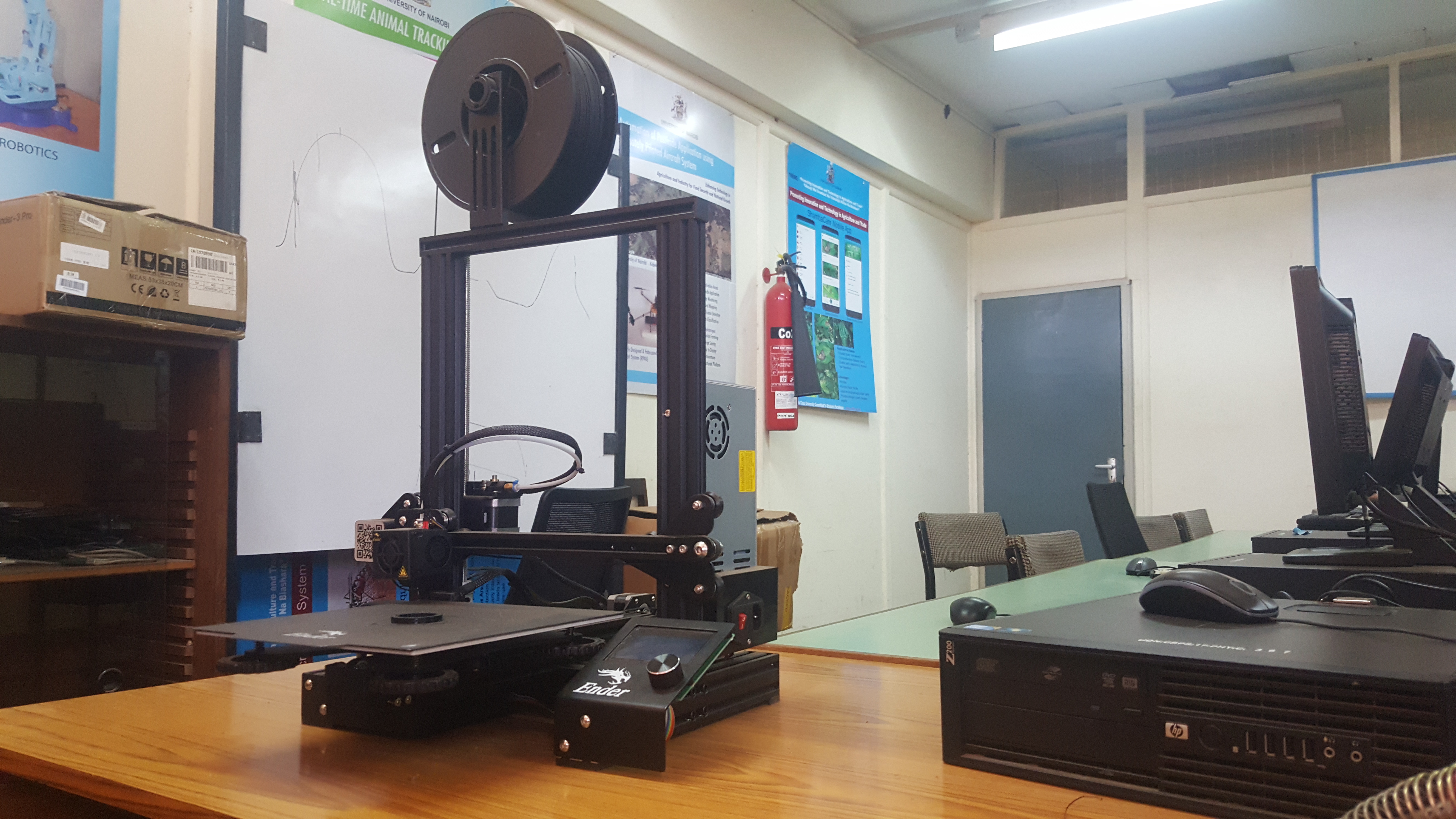
|
The printer was donated by Worcester Polytechnic Institute (WPI), USA during the
|
| Electronics and electronics simulations lab | 
|
The lab helps students in capture of schematic circuits, simulation of electronics circuits and design of elecronics circuits. We also have a 3D printer which helps students in 3D modelling and production of functional prototypes models. |
| Laser Lab | Laser and optics lab |
|
| Electronics Lab | Design and capture of electronics schematics. |
